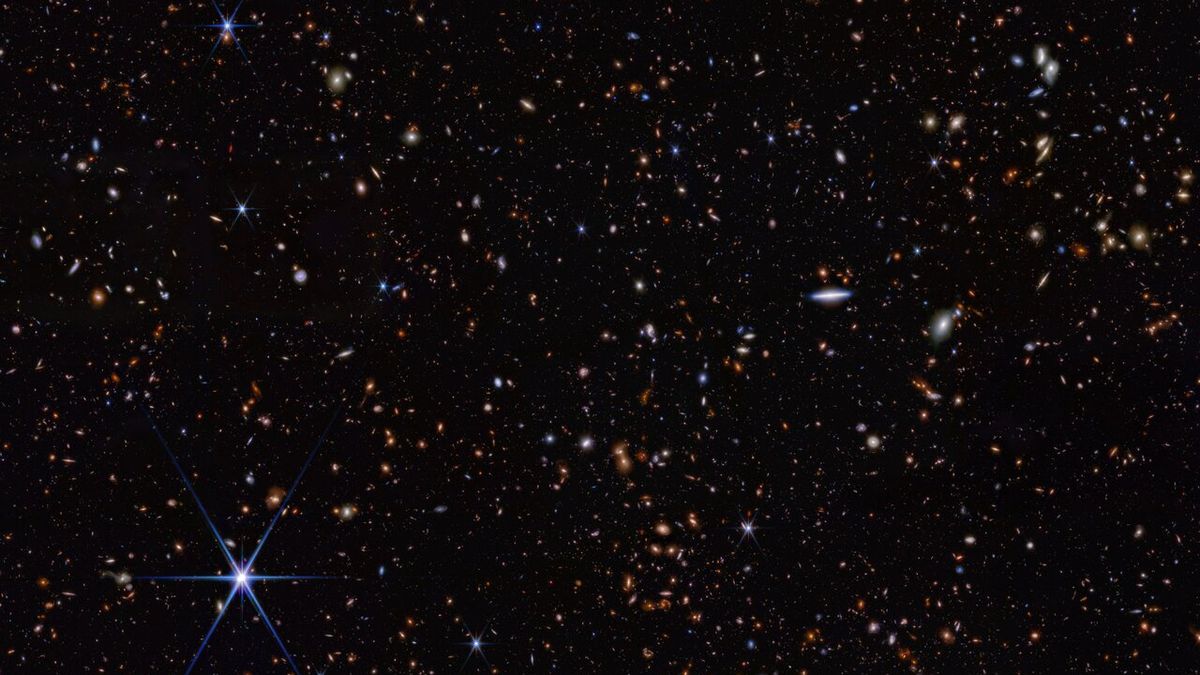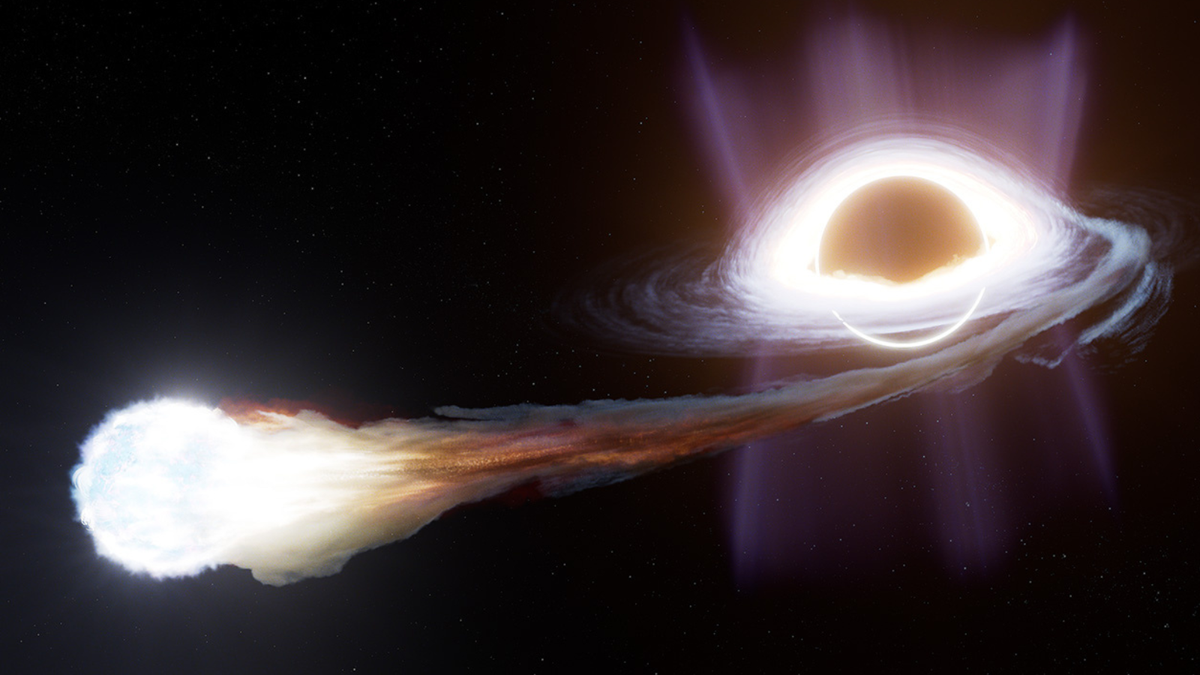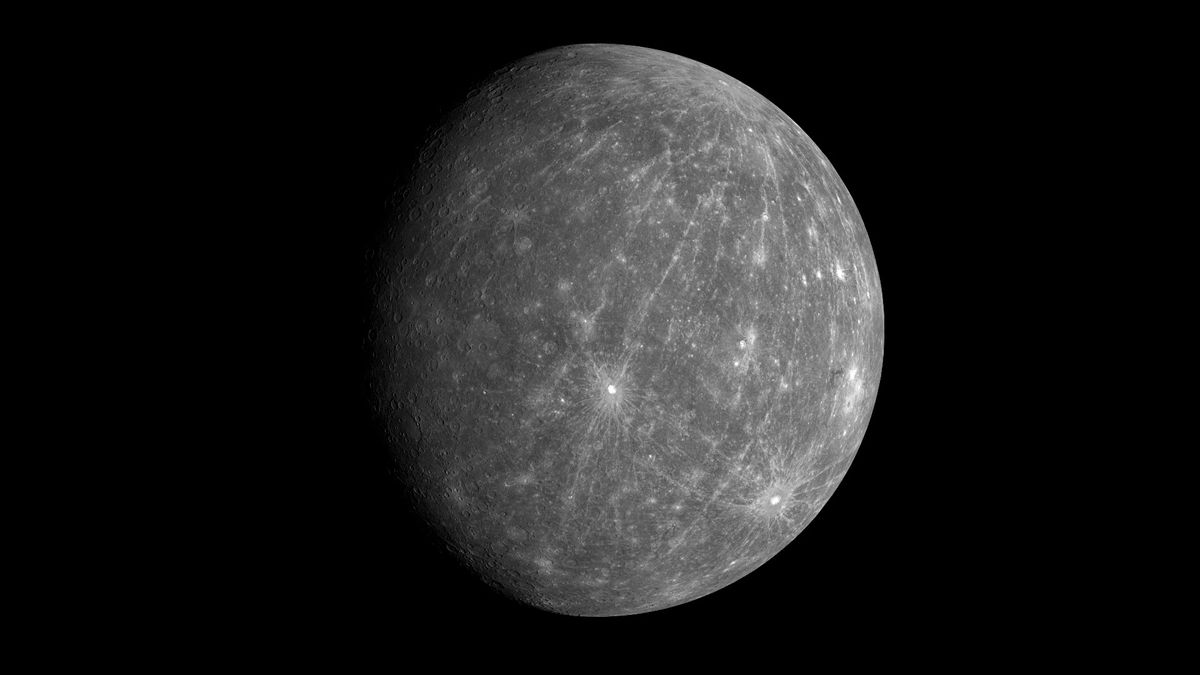Discovery of the Most Distant Carbon in the Universe
The James Webb Space Telescope (JWST) has made a groundbreaking discovery by detecting the most distant carbon ever seen. This carbon was found in a galaxy that existed just 350 million years after the Big Bang, making it the oldest carbon known to astronomers.
What makes this detection even more remarkable is that it is the first time an element heavier than hydrogen or helium, known as “metals” in astronomical terms, has been confirmed in the very early universe. Previous research had suggested that carbon formation began about one billion years after the Big Bang. However, the current discovery challenges this idea, indicating that carbon might have formed much earlier, possibly making it the oldest metal of all.
Roberto Maiolino, from the Kavli Institute of Astronomy at the University of Cambridge in England, expressed his surprise at the findings. “We were surprised to see carbon so early in the universe, since it was thought that the earliest stars produced much more oxygen than carbon,” said Maiolino. This discovery suggests that the very first stars may have operated differently than previously believed.
Implications of the Discovery
The presence of carbon in the early universe has significant implications for cosmic chemistry. Carbon is essential for the formation of cosmic dust grains, which play a crucial role in building larger celestial bodies like asteroids, planetesimals, and planets. In fact, Earth itself is believed to have been assembled mostly from carbonaceous objects. Moreover, carbon is a fundamental building block of life as we know it.
Studying the earliest stars, which are composed only of primordial elements like hydrogen and helium, provides valuable insights into the chemical evolution of the universe. By understanding how and when the first metals formed inside stars, scientists can establish a timeline for the processes that eventually led to the emergence of life.
Francesco D’Eugenio, who led the research on the galaxy GS-z12 where the carbon was detected, described the galaxy as an “embryo” of a galaxy that could evolve into a structure comparable in size to our Milky Way. The compact, low-mass galaxy is relatively massive for its early time frame, indicating a period when galaxies were small but growing rapidly.
While carbon was the only confirmed metal found in GS-z12, the JWST also detected hints of oxygen and neon in the galaxy. Further observations are needed to validate the presence of these elements. Additionally, astronomers using the JWST have identified a galaxy at an even higher redshift, possibly containing oxygen, which could set a new record for the earliest heavy element detection.
The discovery of carbon in the early universe opens up new possibilities for understanding the formation of planets and the potential for life to emerge in the cosmos. This groundbreaking finding will be detailed in an upcoming issue of Astronomy & Astrophysics, with a preview of the paper available here.
Image/Photo credit: source url





